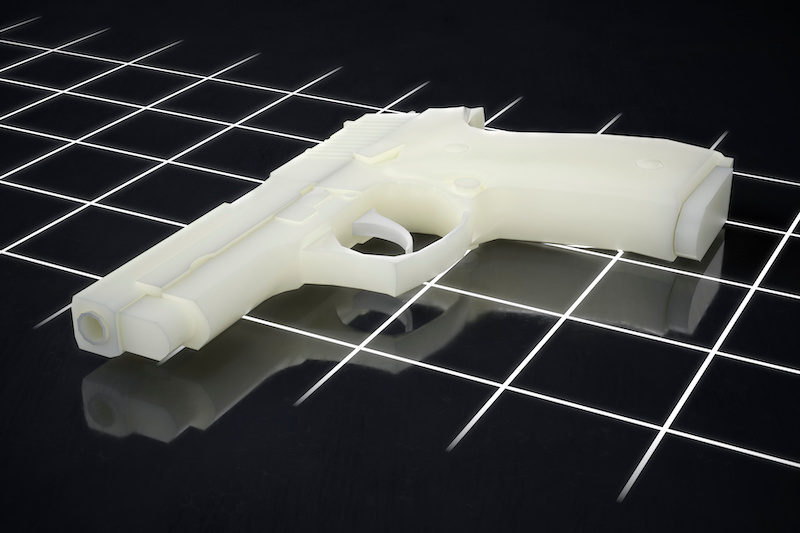Tackling the threat of 3D printed guns
Law enforcement professionals, ballistic experts, forensic scientists, policymakers and academia gathered in The Hague, the Netherlands, for one of the world’s biggest platforms of exchange on the threat of 3D printed weapons.

The international conference, organised by Europol and the Dutch National Police, was hosted at the University of Leiden. Attendees gathered to address the latest challenges facing law enforcement in their efforts to tackle this threat.
3D printed weapons are no longer a matter of fiction. In 2019, two people were shot dead in Halle, Germany, by a perpetrator using a homemade weapon, having downloaded a blueprint from the Internet to partially manufacture the weapon with a 3D printer. In April 2021, the Spanish National Police raided and dismantled an illegal workshop producing 3D printed weapons in the Canary Islands. Two 3D printers were seized, alongside gun parts, a replica assault rifle and several manuals on urban guerrilla warfare and white supremacist literature. The owner of the workshop was arrested and charged with illegal possession of weapons. A month later, two men and one woman were arrested in the town of Keighley in the United Kingdom as part of an investigation into right-wing terrorism. All three were charged with possessing of 3D printed weapons components.
Over the course of two days, participants at the conference explored the fundamental processes needed for developing joint intervention strategies in this field, including tactical and forensic research, software, scientific developments and legislation. Opening the conference, Chief Constable Gerda van Leeuwen of the Dutch National Police said: “The development of 3D firearm printing is a current and future threat. International co-operation is crucial…”
Europol’s Analysis Project Weapons and Explosives team leader, Martin van der Meij, added: “The threat posed by 3D printed weapons is very much on the radar of Europol, amid the growing number of such firearms being seized in investigations across Europe in recent years. Such a challenge can only be addressed by combining the expertise, resources and insights of law enforcement, the private sector and academia to get such guns off the streets.”
Three key recommendations came out of the conference:
-
Connection and co-operation between law enforcement and the industry/private sector are needed to identify and monitor the developments around 3D printed firearms;
-
An international network of experts on 3D printed firearms will be created, tasked with keeping law enforcement agencies abreast of developments in such weapons; and
-
The main policy recommendations of participants and other developments around 3D printed firearms will distributed in a factsheet to partners and policymakers worldwide.
Firearms trafficking is an EU law enforcement priority. Strategic and operational plans have been developed under the European Multidisciplinary Platform Against Crime Threats (EMPACT) Firearms Project to target the threat of firearms. Under this umbrella 16 countries, led by Europol’s Analysis Project, Weapons & Explosives, are working together to counter the threat of 3D printed weapons. This conference was funded by the EMPACT project.
You can find more information here.
Image: Herr Loeffler/Adobe Stock